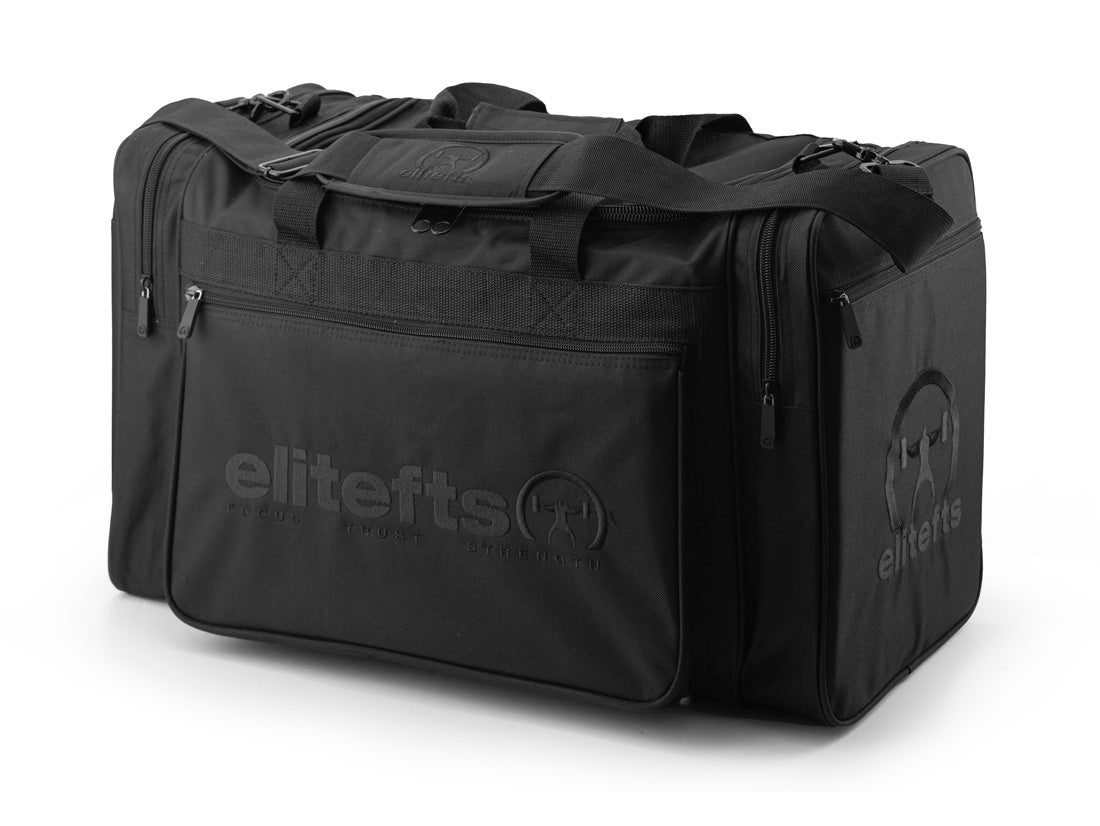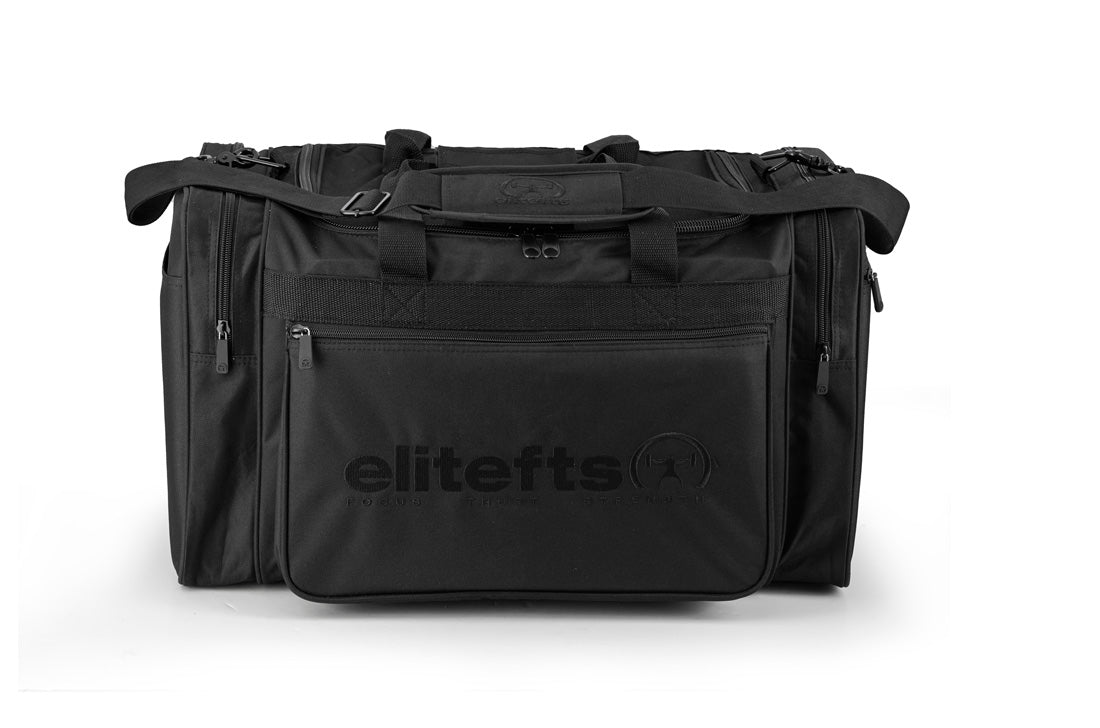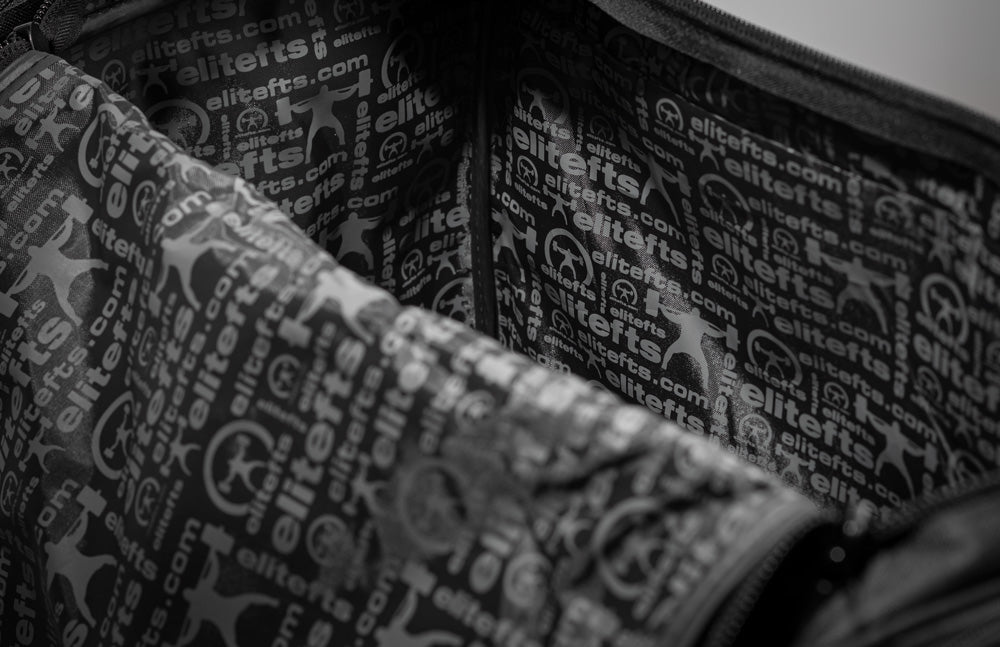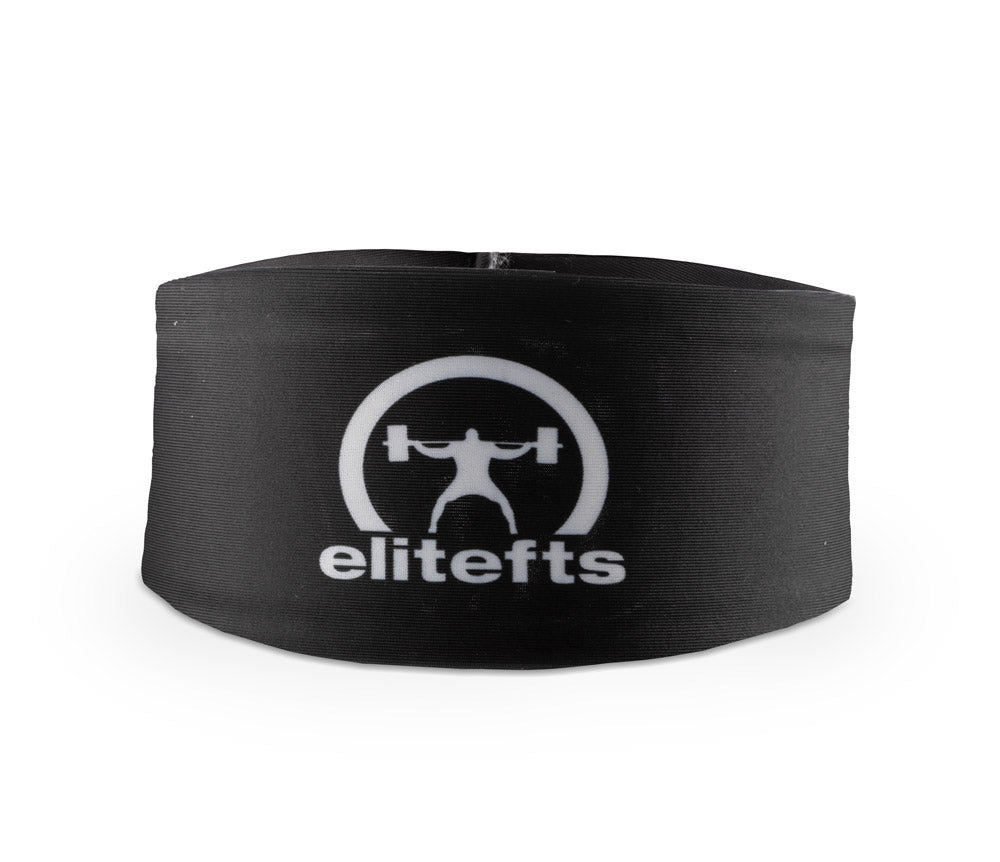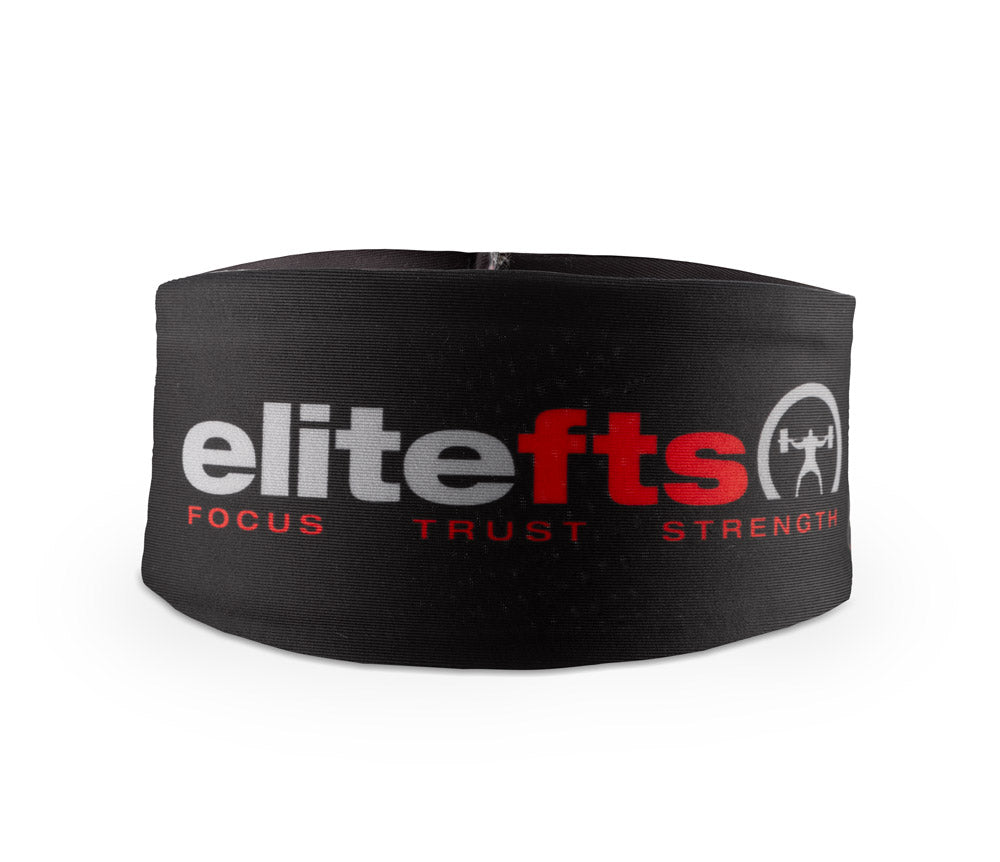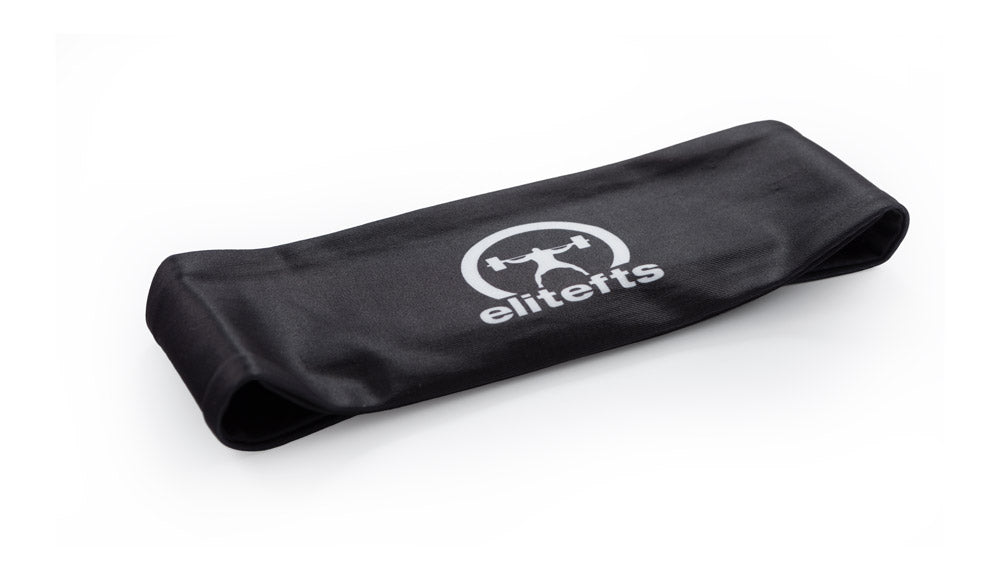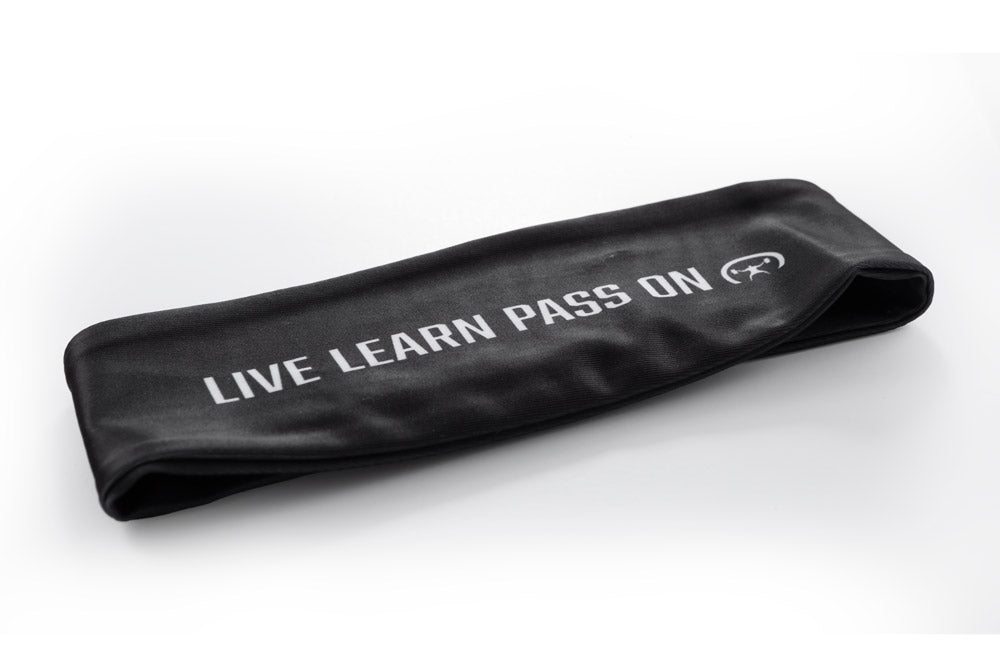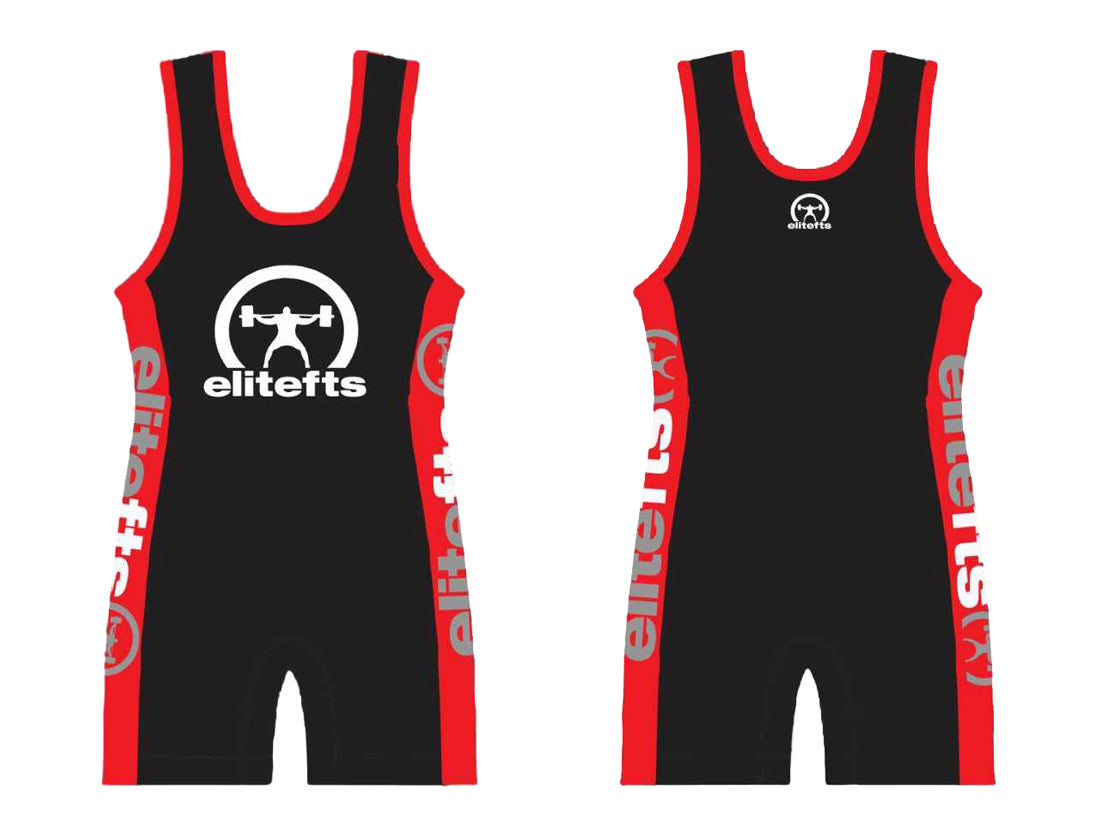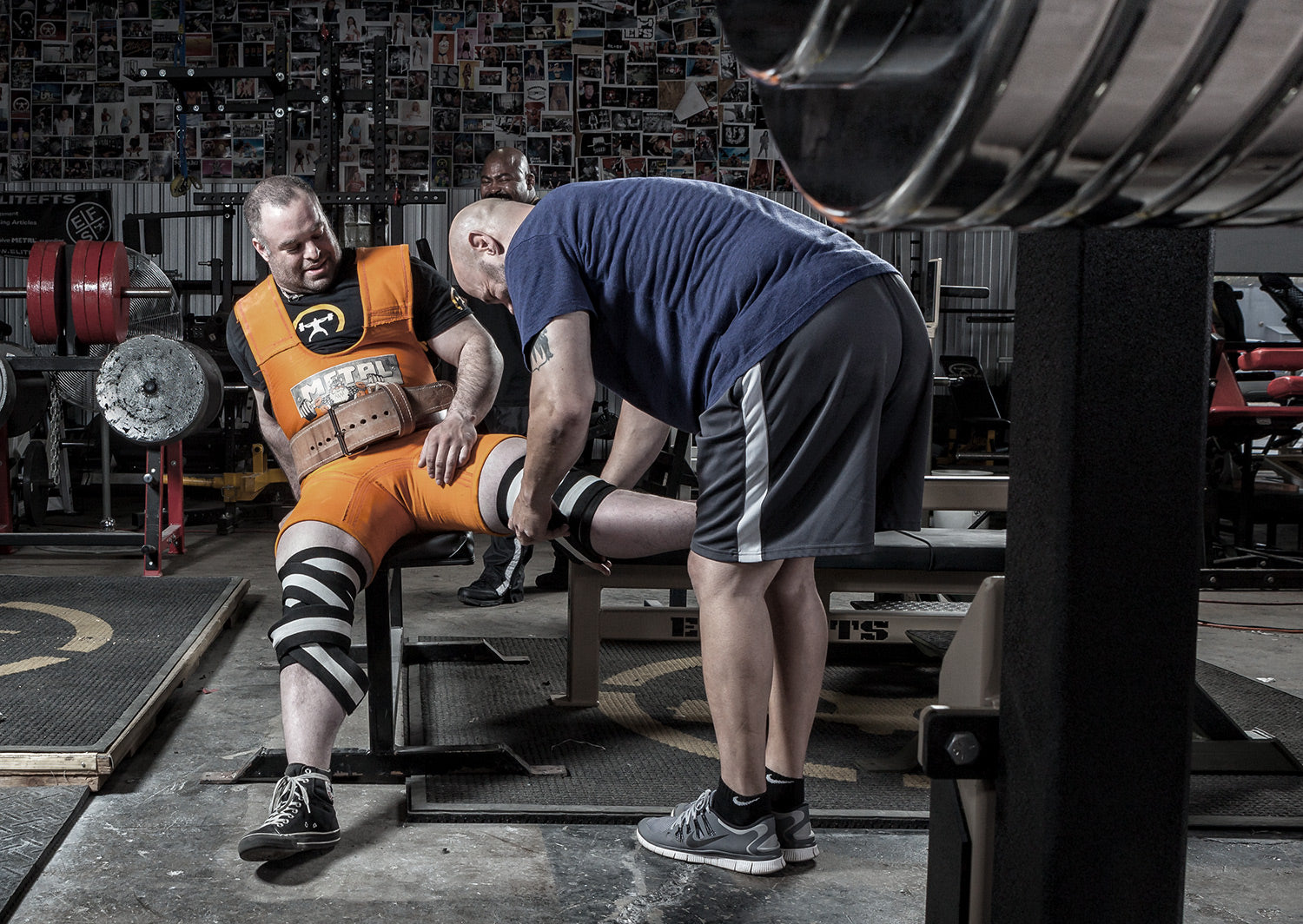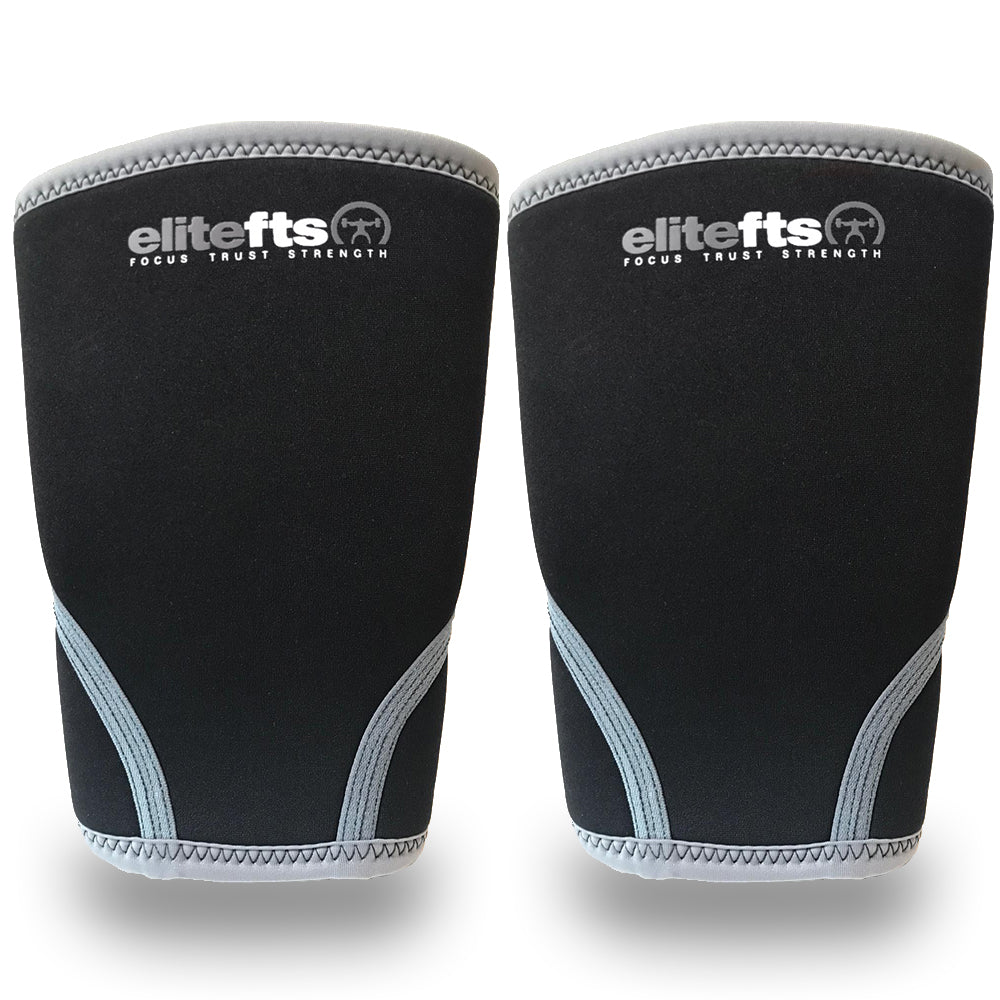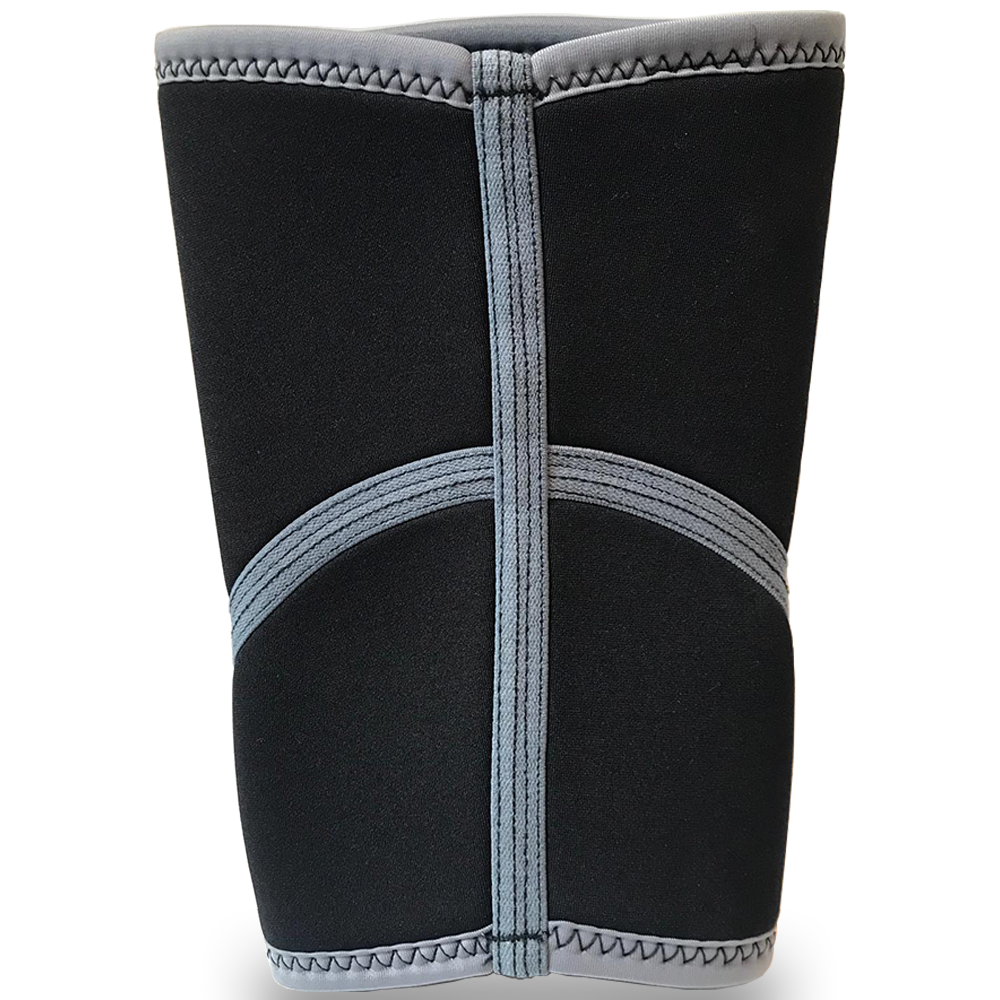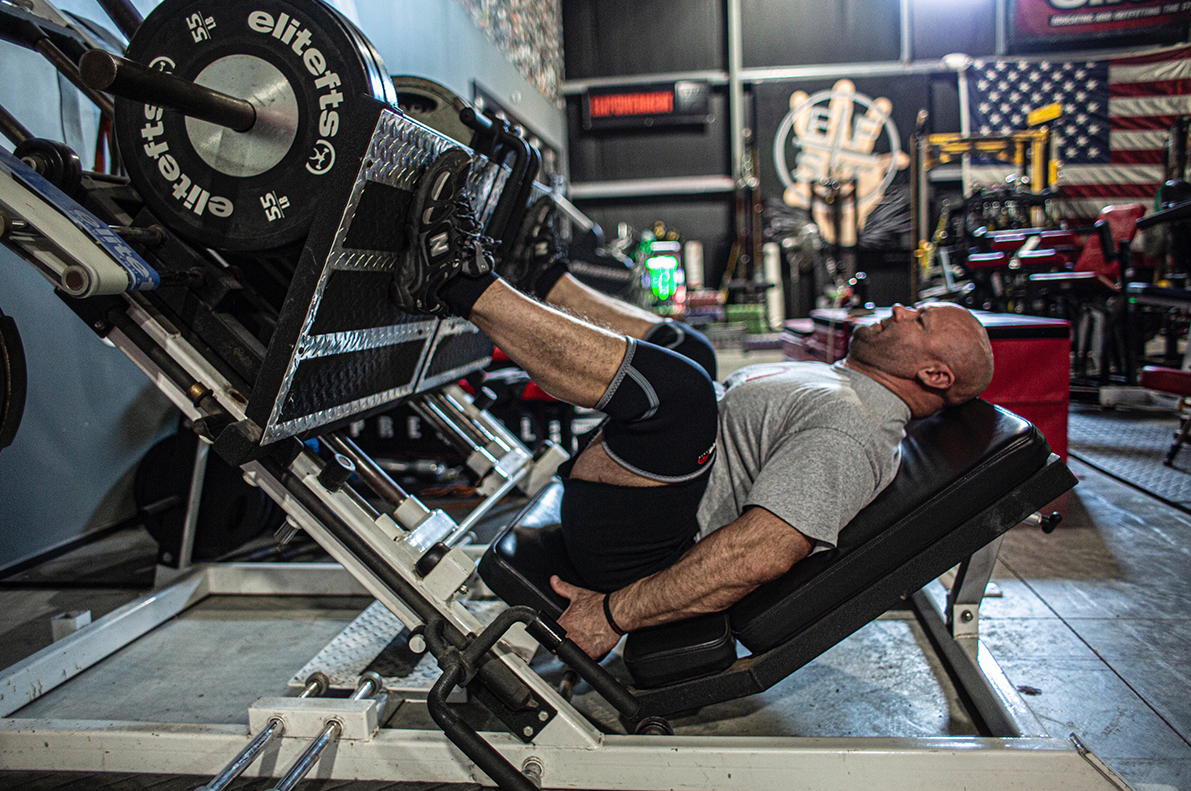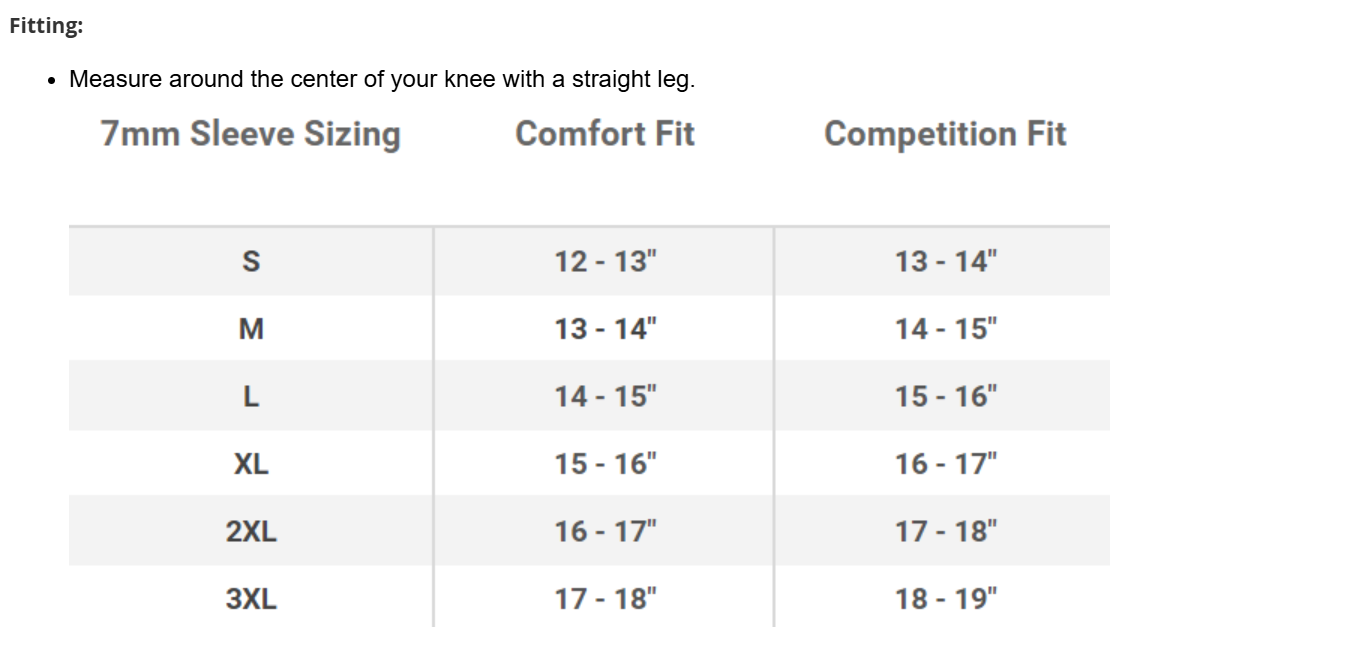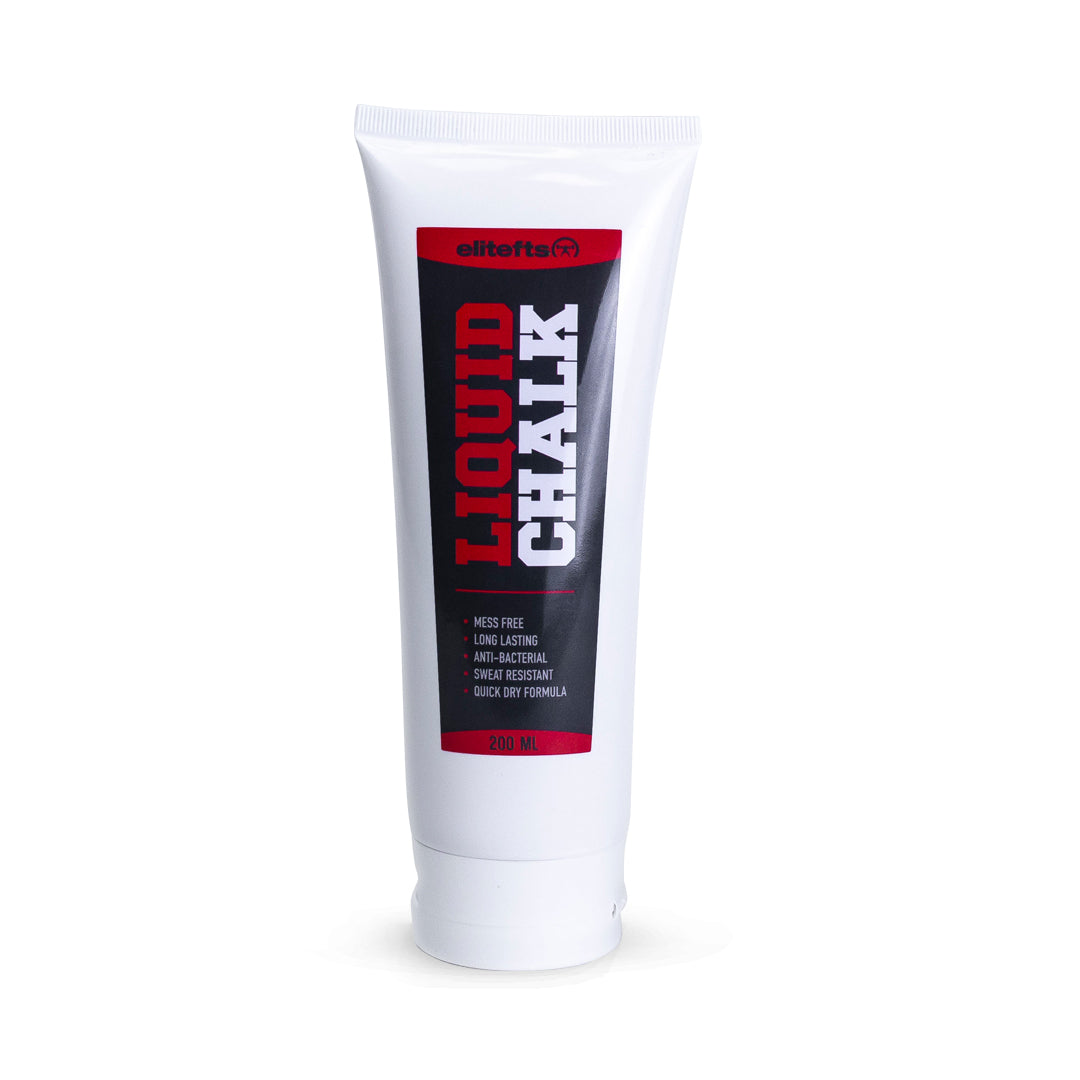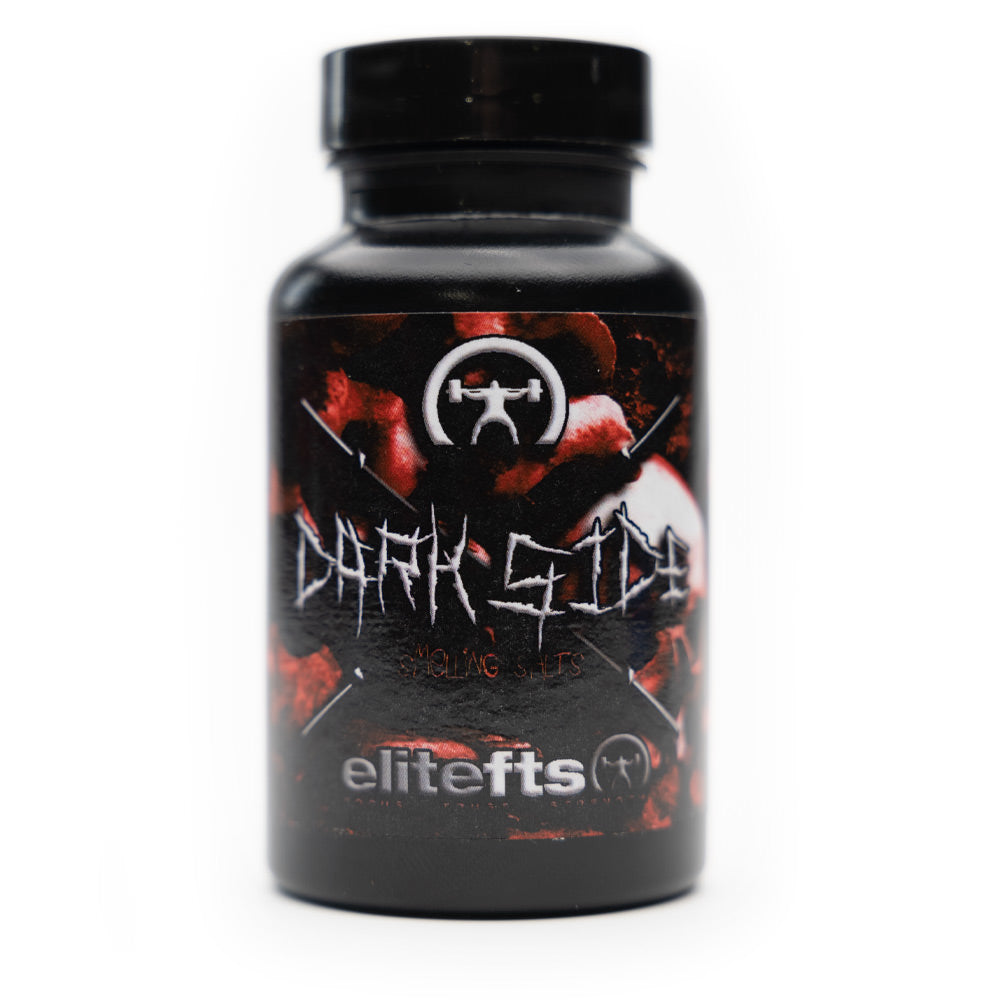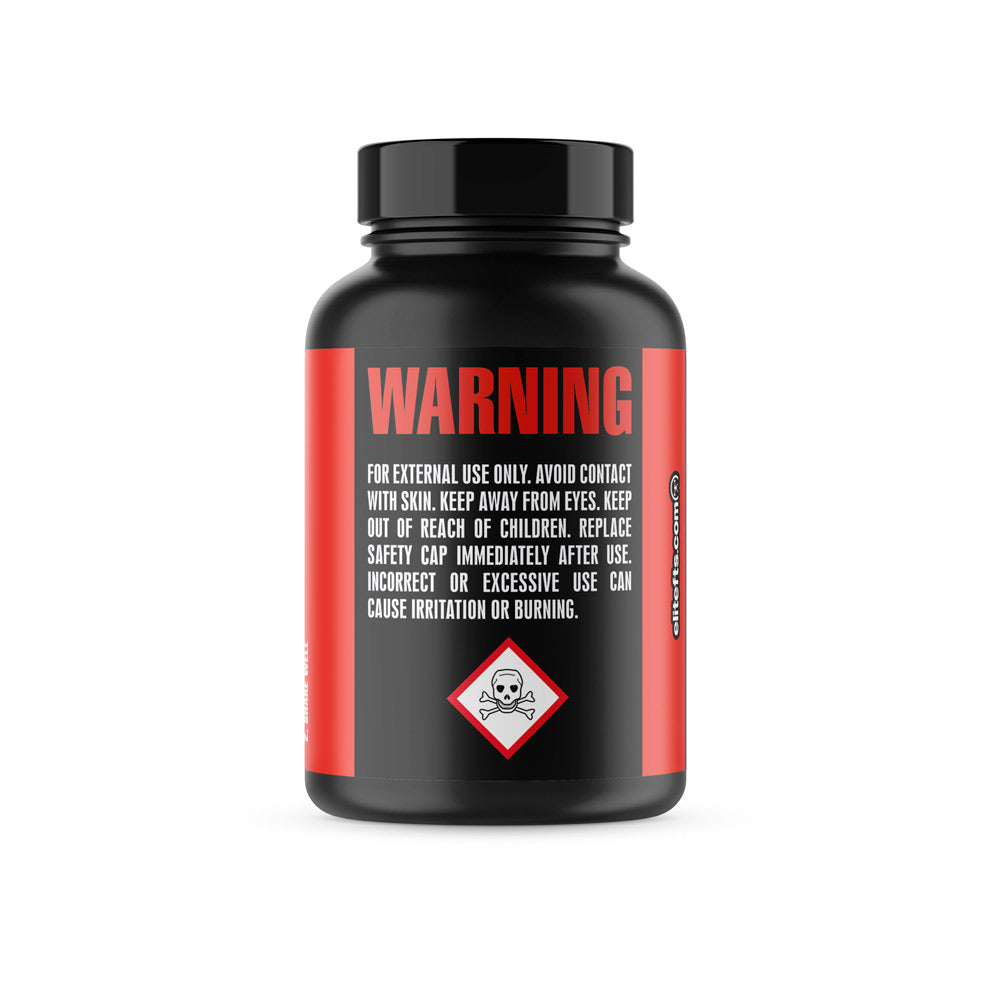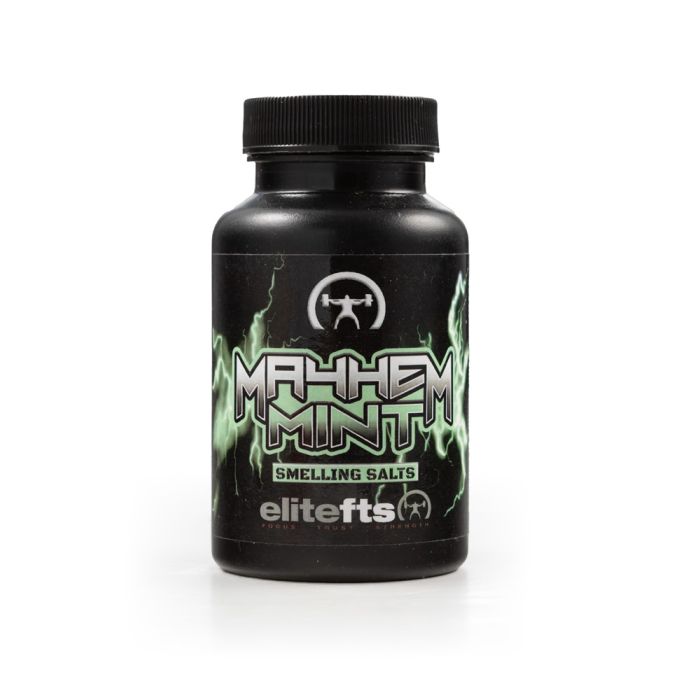
Without delving too deep into the Westside system, which would be well beyond the scope of this article, Dave initially discussed the ME Method, which entails working up to 90 percent or more of your one Rep Max (“RM”) in a Special Exercise for one to four total repetitions. Examples of special exercises to increase your bench press include: 2, 3, and 4-board presses, floor presses, close grip incline presses, reverse band presses – trainees can also add bands and chains to facilitate accommodating resistance. Examples of special exercises to increase your squat include: box squats, low box squats, cambered bar squats, safety squat bar squats, heavy good mornings, etc. One of the main concepts of ME training is that during a ME training session (on the fly during the actual training session), the lifter decides whether to go for a new 3RM, or if the lifter is feeling particularly strong, a new 1RM in the special exercise he is performing during that session. During the elitefts™ LTT3, I had my first light bulb moment when Dave mentioned the 3RM component of ME training. I asked myself the following questions, specifically regarding the special exercises I’ve been employing with my ME bench press training:
- What is my CURRENT 3RM for 2-board press? Answer: I don’t know
- What is my CURRENT 3RM for 3-board press? Answer: I don’t know
- What is my CURRENT 3RM for reverse band press? Answer: I don’t know
- What is my CURRENT 3RM for the floor press? Answer: 420

During the month prior to LTT3, I came to realize that much of my training followed certain patterns. I’ve always been good at warming up, so that’s not an issue, but a lot of my work sets follow this pattern – let’s call it the “Pattern of 25s and 45s.” I suspect that this example is going to hit close to home for some of you, especially if you’re honest with yourself. For example, when performing the floor press (one of the special exercises, utilized to train the bench press, I referenced earlier), after an extensive warm-up, this was my pattern:
- 5 reps with 225 – add 25s
- 5 reps with 275 – remove the 25s and add 45s
- 3 reps with 315 – add 25s
- 3 reps with 365 – remove the 25s and add 45s
- 3 reps with 405
- Shoot for a heavy single

Here are a few other examples; each alone was well worth the effort it took to get to Ohio. Squat Form: I thought I was a pretty good squatter, actually, to be brutally honest, I thought I was a great squatter. I was fortunate to work with Dave Tate at the hands-on squat station on day two of LTT3; we made a couple of modifications to my form including a subtle change to my foot position, tightening my arch (with my chest higher and hips back further) and ensuring the bar is centered across my back. I learned that no matter how tight you believe you are, you’re probably not tight enough. These changes will only make me better and contribute to a bar-bending total on the powerlifting platform.
Video of Dave Tate working with me to improve my squat form
Bench Form: The bench press has always been my baby, so I felt pretty confident at the bench press station, but no matter how much you know, you can always learn more. Comparable to the squat, no matter how tight you think you are on the bench, you can always get tighter, including how tight you squeeze the bar. Vincent Dizenzo shared the fantastic mental inventory he uses upon lying on the bench to get as tight as possible and ready to handle mind-blowing weights. At LTT3, the coaches painstakingly ran through all the technical aspects of the lift. GPP: The right GPP (general physical preparation) will enhance your overall program and Jim Wendler helped drive this home at LTT3; whether it’s running hills or pushing the Prowler. It’s easy to let GPP training slip by the wayside, especially with a busy schedule. The lectures at LTT3 reminded me of the importance of GPP and moved me to text my 13-year-old, during the seminar, to ask him if he would begin running hills with me. Prehab and Rehab: Perhaps this is the worst component of my own training, although I’m actually better than I used to be. At one point I did absolutely nothing in terms of prehab and basic mobility. At LTT3 ,we discussed not only mobility work, but also some basic prehabilitation work for several of the most common strength training injuries (sore elbows and shoulders, knees, lower back, and hips). Dr. Ryan Smith demonstrated exercises for flexibility, mobility, prehab and self massage. The hands-on learning helped enforce many of the techniques that are actually easy to implement. To their credit, neither Jen Commas Keck nor Molly Galbraith, both assisting Dr. Smith at the hands-on station, laughed at my expense. Jason Pegg: Pegg is a dead ringer for a bald Zach Galifiankis and arguably just as funny. In Summary: When I consider the elitefts™ Learn to Train Seminar 3, Jeremy Frey’s philosophy is useful to illustrate my reason for attending. Jeremy Frey is a collegiate strength and conditioning coach, as well as a powerlifter, and a member of the elitefts™ Team. He was a presenter at LTT3 and his philosophy is as follows: Success comes from learning from those who have been there by doing it yourself, and having an understanding that you can always learn something new. Great coaches and mentors can contribute to the level of success attained by their athletes/students, which is the reason we at Beast never remain complacent with our knowledge base and abilities. We consistently strive to improve ourselves as coaches, and improve our programming for the betterment of our athletes. The elitefts™ Learn to Train Seminar 3 proved to be an excellent vehicle to facilitate this betterment. Good luck on the platform or the field this year, whichever is your stage. Life is good in the Belly of the Beast.





